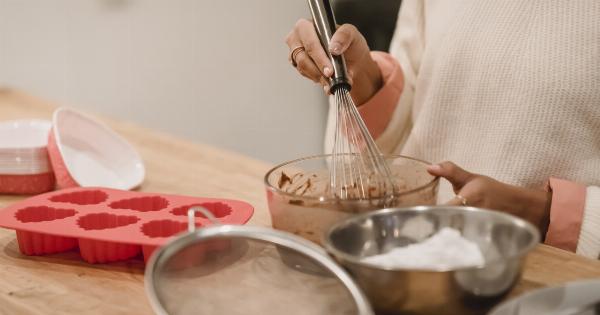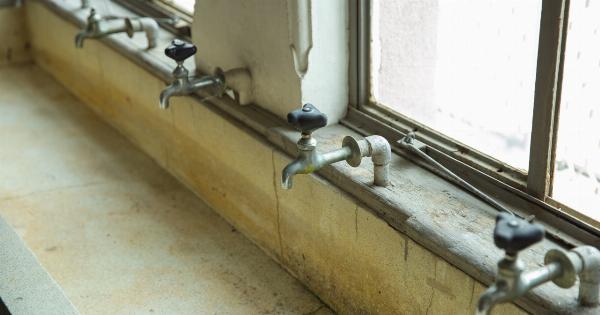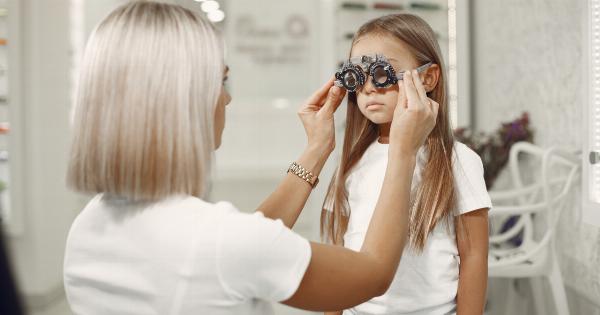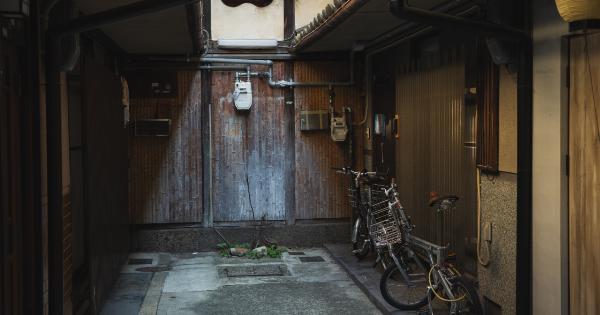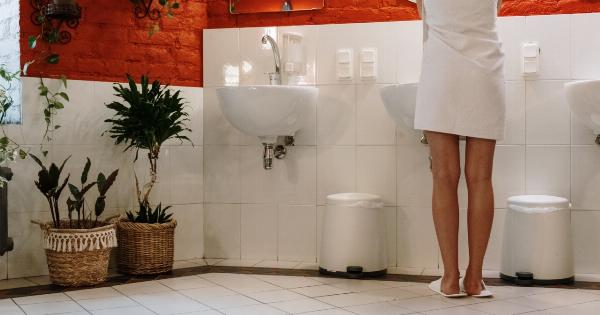When it comes to our homes, we often prioritize cleanliness and comfort. However, there may be an unwelcome guest lurking in the shadows – mold.
Mold is a type of fungus that thrives in damp and dark environments, and unfortunately, our homes can provide the perfect conditions for mold growth. In this article, we will explore the presence of mold in homes, its causes, effects, prevention, and remediation methods.
1. Understanding Mold
To understand why mold loves your home, it’s essential to know a little about what mold is and how it grows. Mold is a microorganism that reproduces through spores, which are invisible to the naked eye.
These spores are present in the air and can easily make their way into your home through open windows, doors, or on clothing and shoes.
Once inside, mold spores require three things to grow – moisture, food, and the right temperature. Unfortunately, most homes provide these ideal conditions for mold to thrive.
2. Factors that Make Your Home Vulnerable to Mold
Several factors can contribute to the growth of mold in your home. By understanding these factors, you can take preventive measures to keep mold at bay:.
2.1 Moisture and Humidity
Excess moisture and high humidity levels create the perfect environment for mold growth. Areas prone to dampness, such as bathrooms, kitchens, and basements, are particularly susceptible.
Inadequate ventilation can also trap moisture inside your home, leading to condensation on walls, windows, and ceilings. Seepage from pipes and leaks in the roof or foundation can provide a continuous source of moisture, promoting mold growth.
2.2 Poor Ventilation
If your home is poorly ventilated, the air becomes stagnant and retains moisture. Proper air circulation is essential to remove excess humidity and prevent surfaces from becoming damp.
This is particularly important in rooms with high moisture levels, such as bathrooms and kitchens.
2.3 Water Damage
Water damage, whether from flooding, leaks, or plumbing issues, can result in persistent moisture problems that encourage mold growth. If these issues are not promptly addressed, mold can quickly take hold.
3. Health Hazards Associated with Mold
Aside from being unsightly and causing damage to your home, mold can also pose serious health risks.
Exposure to mold spores and the mycotoxins they produce can lead to various health problems, including respiratory issues, allergies, asthma attacks, skin irritation, and even systemic infections in individuals with weakened immune systems.
People who are particularly susceptible, such as infants, the elderly, and those with existing respiratory conditions or compromised immune systems, are at a higher risk of experiencing severe health effects.
4. Preventing Mold Growth
Preventing mold growth is preferable to dealing with the consequences later. Here are some effective preventive measures you can take to keep mold away from your home:.
4.1 Controlling Moisture
Since moisture is a primary factor in mold growth, it is vital to control and minimize excess moisture in your home. Here are some steps you can take:.
a) Repair any leaks promptly to prevent water damage and mold growth. Regularly check plumbing fixtures, roof, and windows for potential sources of leaks.
b) Use exhaust fans in moisture-prone areas, such as bathrooms and kitchens, to draw out excess humidity and prevent condensation on surfaces.
c) Ensure proper ventilation throughout your home by opening windows and using fans to facilitate air circulation. This is particularly important in areas with high moisture levels.
d) Keep indoor humidity levels below 50% to inhibit mold growth. You can use dehumidifiers in damp areas or during humid seasons to maintain optimal humidity levels.
4.2 Regular Maintenance
Regular maintenance can help identify and address potential mold growth areas early on. Here are some maintenance practices to keep in mind:.
a) Inspect your home regularly for signs of leaks, water damage, or dampness. Pay close attention to areas with poor ventilation or inadequate airflow.
b) Clean and repair roof gutters, as clogged gutters can cause water to seep into your home’s foundation or walls, creating a damp environment for mold to flourish.
c) Ensure your HVAC system is regularly inspected, cleaned, and maintained. A well-functioning HVAC system can help regulate moisture levels and prevent mold growth.
d) Routinely clean and dry any surfaces prone to moisture, such as shower walls, windowsills, and pipes. Eliminating excess moisture from these areas can deter mold growth.
5. Remediation Methods
If you discover mold growth in your home, immediate remediation is necessary to prevent further damage and potential health issues.
While small areas of mold can often be successfully treated by homeowners, extensive mold growth or those caused by underlying structural issues may require professional intervention. Here are some remediation methods to consider:.
5.1 DIY Remediation
For small areas of mold growth, you can consider the following steps:.
a) Use protective gear, such as gloves, goggles, and masks, to avoid direct contact with mold and minimize exposure to spores. Open windows and doors to ensure proper ventilation during the cleaning process.
b) Thoroughly clean affected surfaces with a mixture of detergent and water. Scrub the mold off using a stiff brush or sponge. Ensure that the area is completely dry after cleaning.
c) If the affected area is absorbent, such as carpets, insulation, or drywall, it may be necessary to remove and replace the materials to eliminate all traces of mold.
5.2 Professional Remediation
For extensive mold growth or cases involving hidden mold, it is recommended to seek professional help. Professional mold remediation companies have the expertise and equipment to safely handle and remove mold.
They follow strict protocols to contain the affected area, prevent cross-contamination, and ensure thorough mold removal. Consult with reputable professionals to assess the mold situation in your home and provide appropriate remediation.
6. Conclusion
Mold can indeed love your home if the conditions are right. To prevent its growth and minimize the associated risks, it is crucial to control excess moisture, ensure adequate ventilation, and promptly address any water damage or leaks.
Regular maintenance, including inspections and cleaning, can help identify and mitigate mold growth areas before they become extensive problems. In case of mold infestation, consider the size and severity, and decide whether to tackle it yourself or seek professional remediation.
By being proactive and taking the necessary steps to prevent and remediate mold growth, you can ensure a safe and healthy living environment for you and your family.

